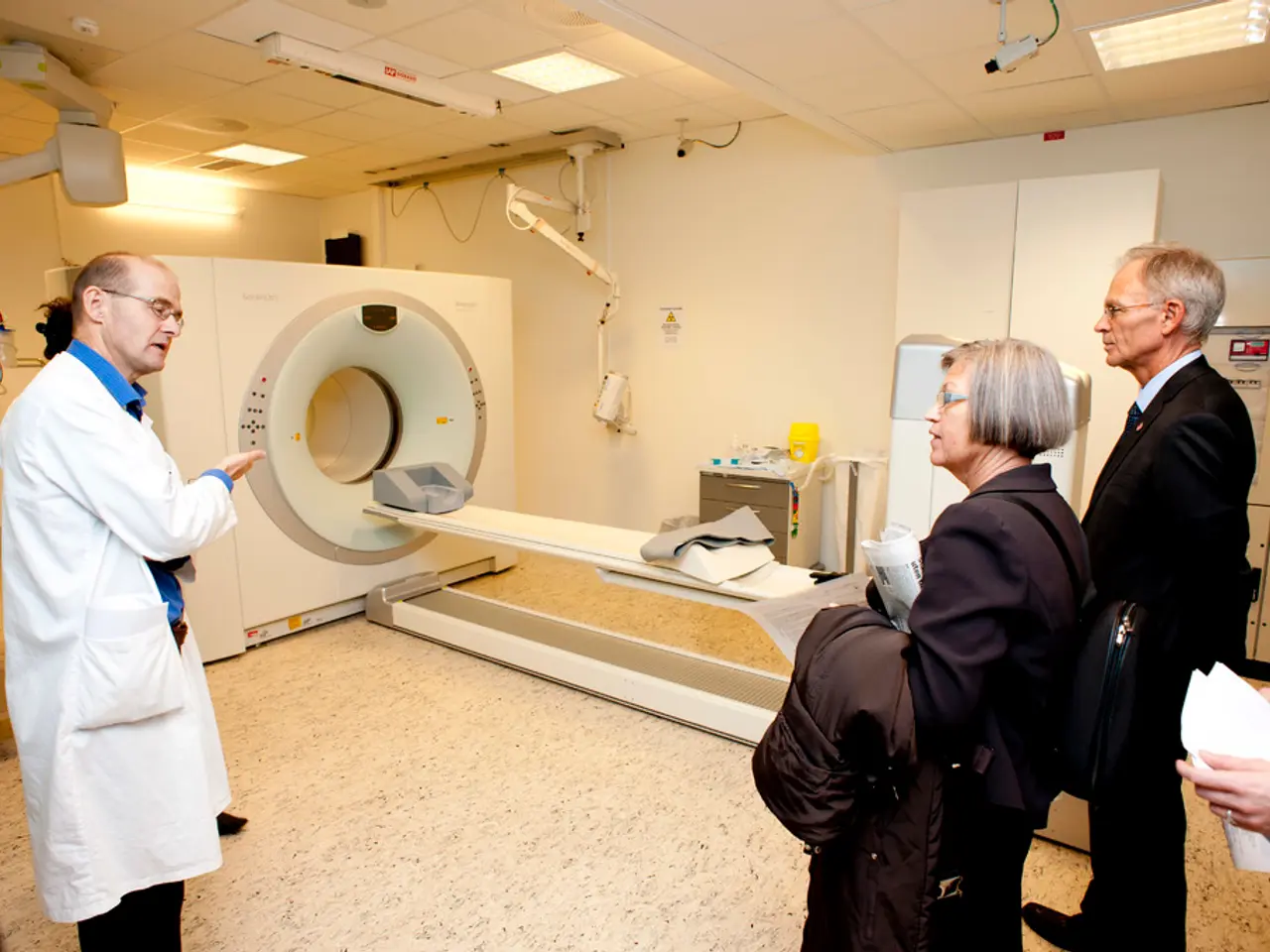Navigating and diverting an apparatus of potentially devastating cosmic size proves to be a challenging endeavor, contrary to NASA's initial expectations.
The latest research on debris created by NASA’s Double Asteroid Redirection Test (DART) mission has shed light on new complexities for the kinetic impactor technique in planetary defense. In September 2022, DART successfully rammed a spacecraft into an asteroid named Dimorphos, shifting its orbit and ejecting a massive amount of boulders and debris with a momentum nearly three times greater than that of the spacecraft itself.
This finding means that the physics involved in asteroid deflection is more complicated than previously thought. The boulder ejection delivers an extra "kick" comparable in magnitude to the spacecraft’s impact, which can alter the asteroid’s trajectory and spin in ways that require closer monitoring. Such effects introduce challenges for planning future kinetic impact missions, as the additional momentum transfer from debris could unpredictably influence the asteroid’s post-impact motion.
The research team, led by Tony Farnham from the University of Maryland, analysed images taken by LICIACube, an Italian Space Agency satellite, to track 104 boulders ranging from 1.3 to 23.6 feet (0.4 to 7.2 meters) wide that were ejected from Dimorphos during the impact. The ejected boulders shot away from the asteroid at speeds up to 116 miles per hour (187 kilometers per hour).
Interestingly, the ejected debris did not scatter randomly but was clustered in two distinct groups, defying the researchers' expectations. The larger cluster of ejected debris, containing 70% of the total debris, shot southward away from Dimorphos at high speeds and shallow angles.
The researchers suspect that the two large boulders Atabaque and Bodhran on Dimorphos shattered when DART's solar panels slammed into them moments before the main body of the spacecraft hit. This suggests that the force of debris exploding away from Dimorphos upon DART's impact could have tilted the asteroid’s orbital plane by up to one degree, potentially causing it to tumble erratically in space.
Comparing the DART impact with NASA’s Deep Impact (EPOXI) mission, the researchers found that the distribution of debris made more sense due to the difference in the celestial bodies’ compositions. The DART impact resulted in chaotic and filamentary structures in its ejecta patterns, while the Deep Impact hit a surface made up of very small, uniform particles.
The new study highlights the importance of understanding the responses of different types of celestial bodies to impacts for the success of planetary defense missions. With approximately 2,500 potentially hazardous asteroids catalogued in our corner of the galaxy, developing strategies to prevent a catastrophic asteroid impact could someday prove lifesaving.
The success of the DART mission suggests that NASA is on the right track, but this new study shows we still have much to learn about the effects of the kinetic impactor technique. The European Space Agency’s forthcoming Hera mission is expected to study the impacted Didymos system further to provide more detailed data critical for refining these techniques.
In conclusion, the new research underscores that kinetic impactor methods must account not only for the direct spacecraft impact but also for the secondary momentum transfer from ejected debris, which significantly influences the overall effectiveness and complexity of asteroid deflection efforts for planetary defense.
- The study led by Tony Farnham from the University of Maryland reveals that the physics of asteroid deflection is more complex than previously understood due to the unexpected effects from ejected debris in the DART mission.
- The ejected boulders from the asteroid Dimorphos during DART's impact were clustered in two distinct groups, defying researchers' expectations and introducing challenges for future kinetic impact missions.
- The researchers suggest that the force of the debris exploding away from Dimorphos upon DART's impact could have tilted the asteroid's orbital plane by up to one degree, potentially causing it to tumble erratically in space.
- The new research emphasizes the importance of studying different types of celestial bodies' responses to impacts, as understanding these responses is crucial for the success of planetary defense missions, particularly given the approximately 2,500 potentially hazardous asteroids catalogued in our galaxy.




